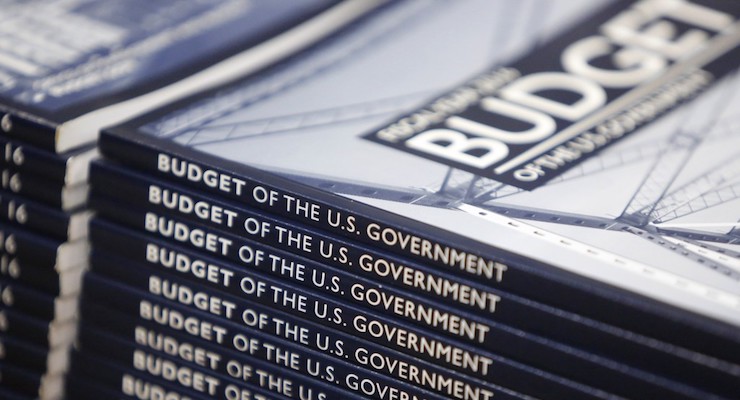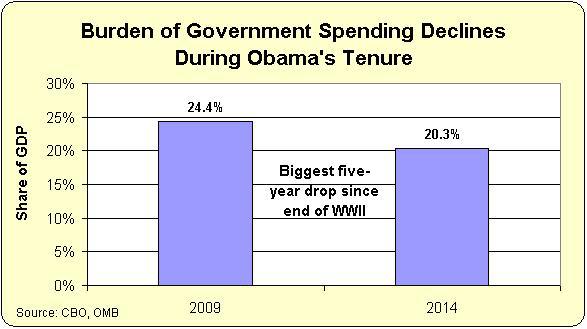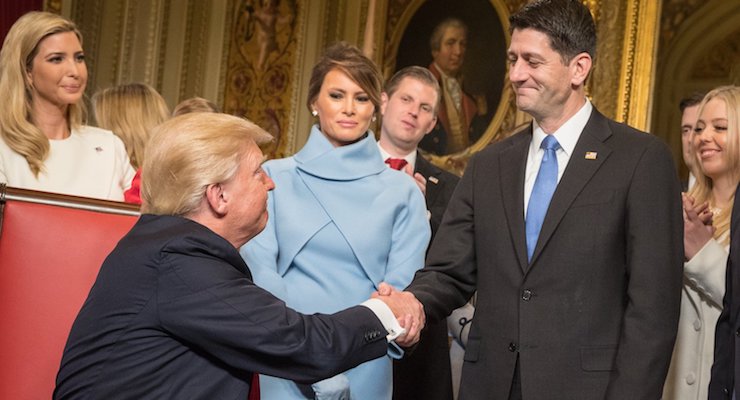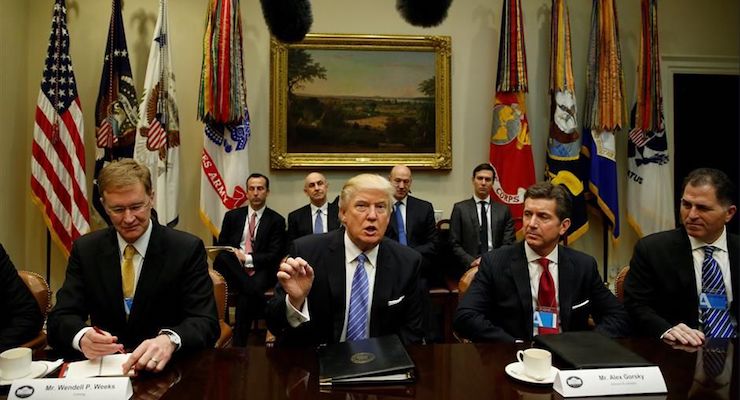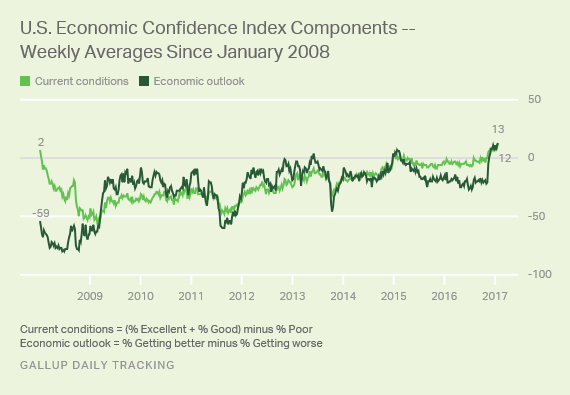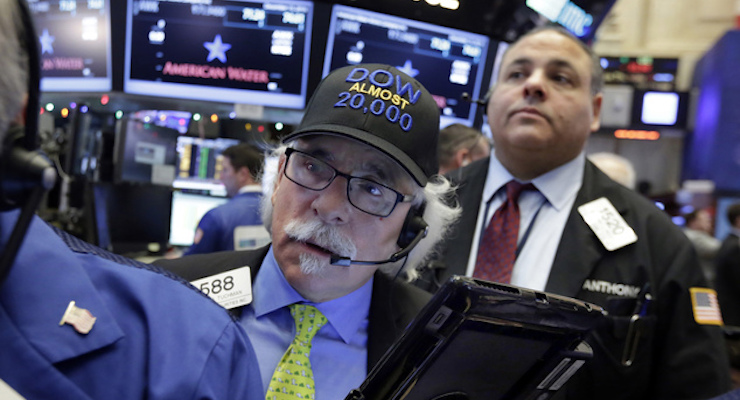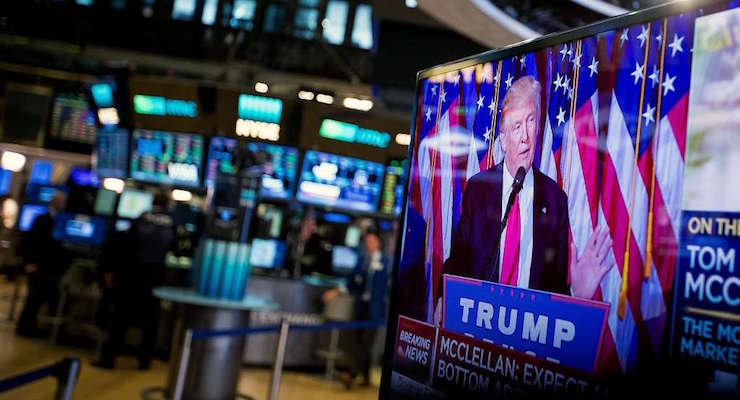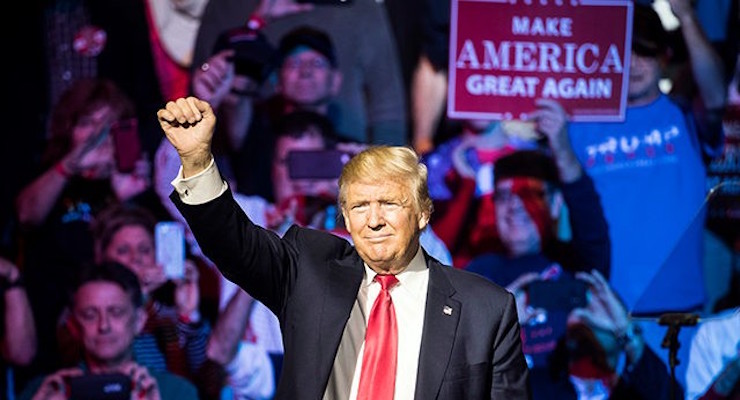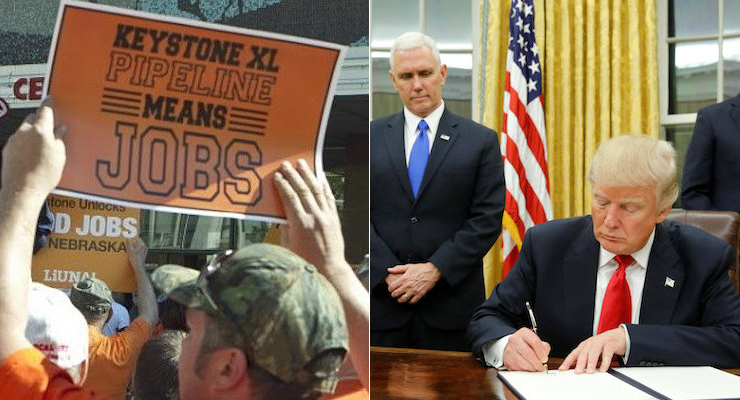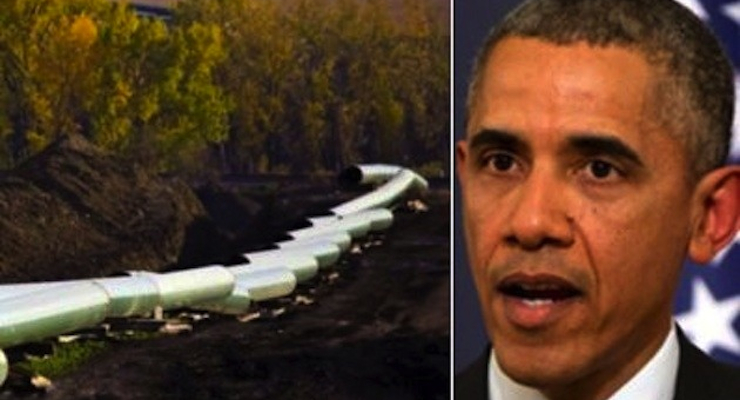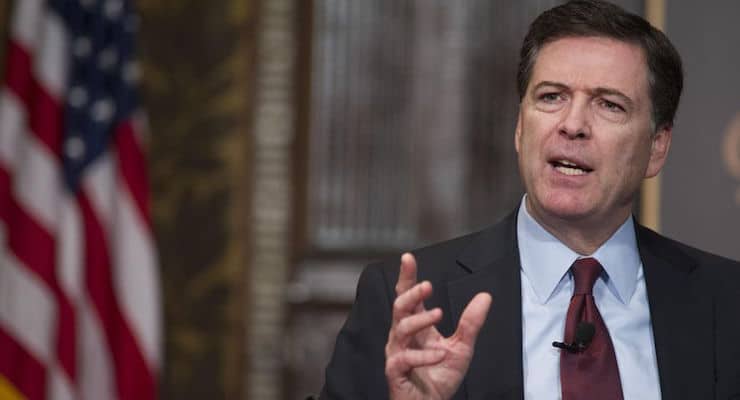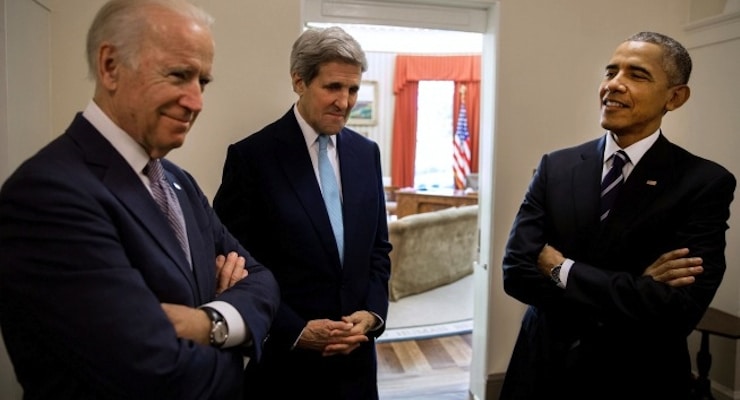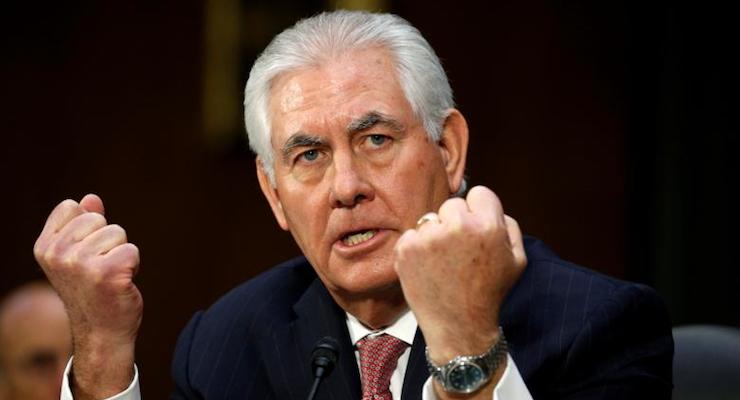Dow Closes Above 20000 for First Time Ever on Trump Rally
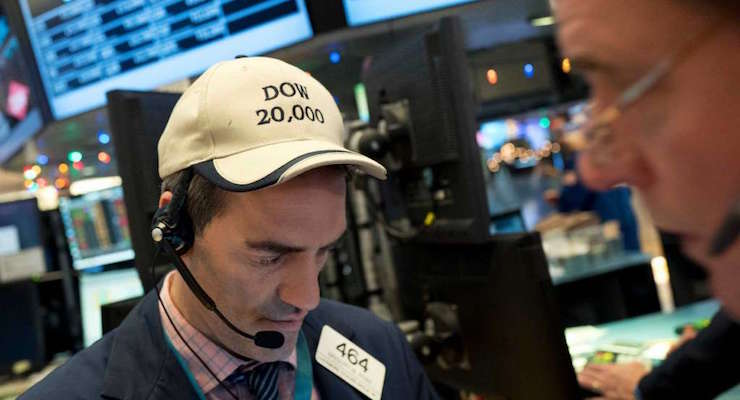
Gregory Rowe follows stock prices at the New York Stock Exchange, Wednesday, Dec. 21, 2016, in New York. The Dow is close to the 20,000 mark. (Photo: AP)
The Dow Jones Industrial Average (INDEXDJX:.DJI) closed above 20000 for the first time ever in history, a response to the proposals and actions by President Donald J. Trump. Wall Street’s so-called fear gauge fell to its lowest level in roughly two-and-a-half years, another milestone indicating widespread investor confidence in the markets and policies of the new administration.
After opening at 19,994.48, the Dow closed up 155.80, or 0.78% to 20,068.51. The NASDAQ Composite (INDEXNASDAQ:.IXIC) also gained 55.38, or 0.99% to close at at 5,656.34. S&P 500 (INDEXSP:.INX) increased 18.30, or 0.80% to 2,298.37.
The markets have reacted favorably to President Trump showing he is serious about fulfilling campaign promises of lower taxes, less regulation, and more fiscal spending. After a breakfast with business leaders on Monday, he said they are aiming to reduce burdensome regulations by 75%.
On Wednesday, the CBOE Volatility Index (INDEXCBOE:VIX), otherwise known as the VIX, fell to 10.61. That’s lower than its average of around 12. An increase in the VIX, which gauges expected market volatility over the next 30 days, indicates investors are expecting a higher level of risk in the market, while a move lower suggests lower expected risk.
The Dow crossed the historical milestone just 64 days after crossing the 19000 threshold for the first time ever, a reaction to President Trump’s surprise victory over Hillary Clinton. It was flirting with 20,000 for weeks and came within a fraction of a point on January 6 before pulling back. Throughout the rally, materials and financials have been key to the bull surge.
They continued that run after President Trump on Tuesday signed an executive order green lighting the construction of the Keystone XL and Dakota Access pipelines.
But even as President Trump begins to win over the country and investors, the latter of which supported his rival during the election, the media continues to naysay. On Tuesday, just one day before the Dow crossed 20,000, the headlines were bleak.
Here’s Why Dow 20K Won’t Happen Any Time Soon
This Dow Jones Industrial Average (DJIA) Chart Says Stocks Have Already Peaked
Analyst: Trump Rally Is Over, Stocks Could Fall 25%
The headlines were reminiscent of the dire prediction made by New York Times economist Paul Krugman, who claimed the markets would “never” recover if President Trump was elected.
The Dow Jones Industrial Average (INDEXDJX:.DJI) closed
